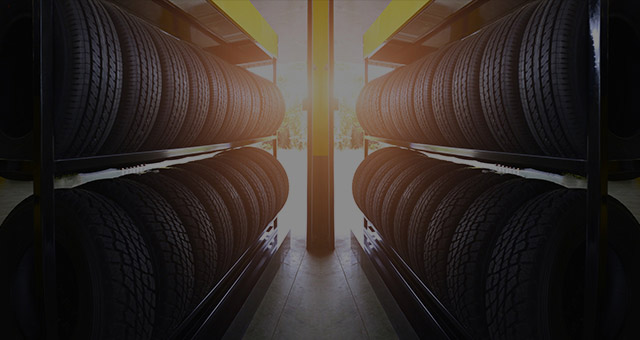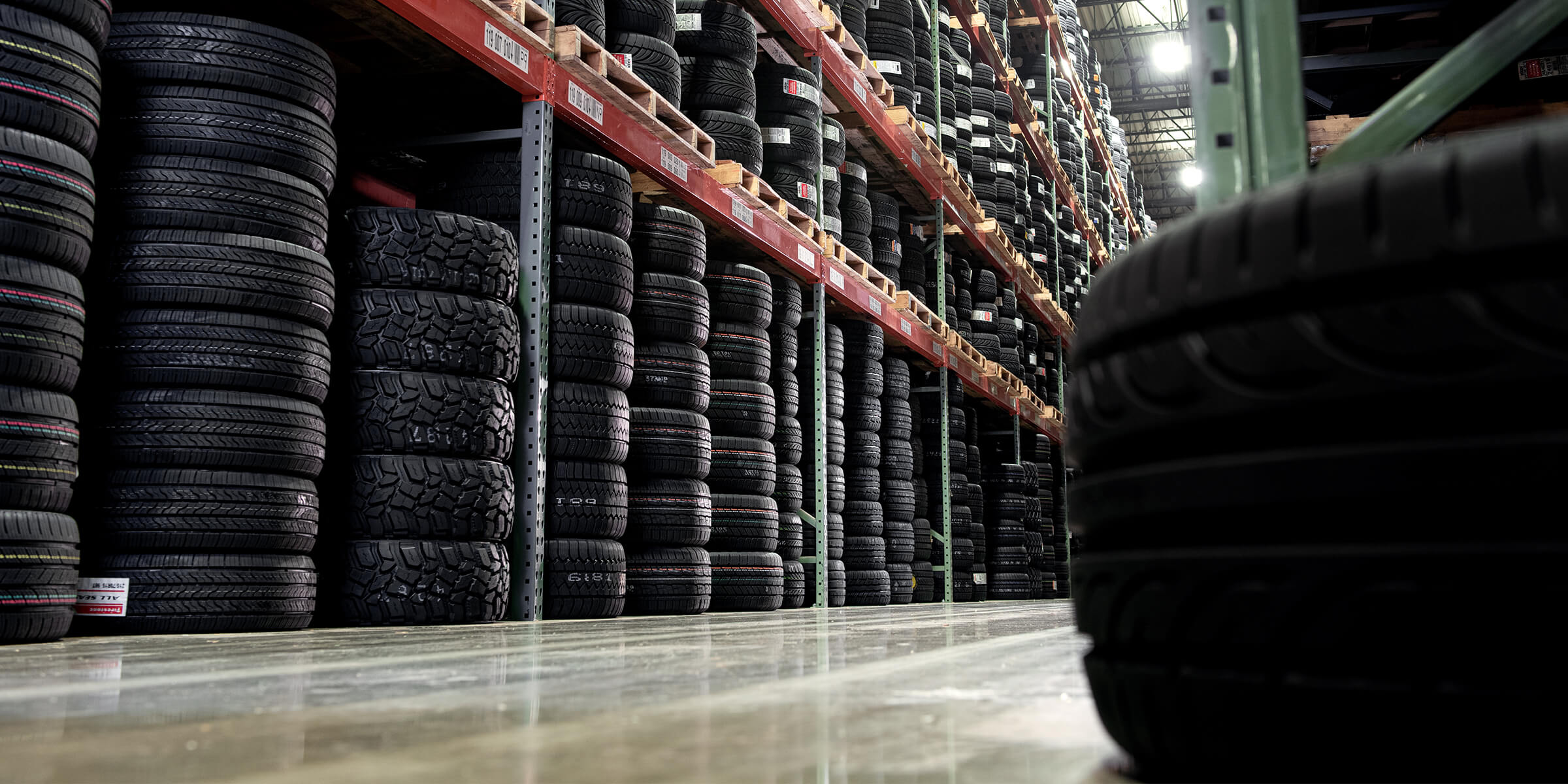Top Quality Tire Shop Morris: Your Best Destination for Tire Requirements
Top Quality Tire Shop Morris: Your Best Destination for Tire Requirements
Blog Article
Tire Solution: Comprehending Tire Pressure Monitoring Systems
Understanding Tire Stress Tracking Solutions (TPMS) is a crucial facet of keeping ideal car efficiency and security on the roadway. With developments in vehicle innovation, TPMS has become a common function in modern-day automobiles, providing real-time details on tire pressure levels.

Importance of TPMS
The significance of Tire Stress Surveillance Equipments (TPMS) exists in their capacity to boost vehicle safety and performance with real-time monitoring of tire stress degrees. Maintaining the correct tire pressure is crucial for guaranteeing optimal handling, braking, and overall safety of an automobile. TPMS offers chauffeurs with immediate comments on any overinflated or underinflated tires, permitting prompt changes to be made.
Components of TPMS
Consisting of different important components, a Tire Pressure Surveillance System (TPMS) functions as an innovative safety and security function in contemporary automobiles. The primary parts of a TPMS consist of sensors, a control module, and a caution indicator. Sensing units are commonly situated in the tire valve stem or affixed to the wheel assembly, where they measure tire stress and transfer data to the control component. The control component processes this information and activates a caution if it identifies dramatically reduced stress in any of the tires. The warning sign, frequently an icon on the dashboard, informs the motorist to check the damaged tire or tires. Some progressed TPMS models likewise present the real tire stress analyses for every tire, supplying motorists with real-time info to guarantee ideal tire performance and safety and security. By monitoring tire stress continuously, TPMS aids stop accidents, decreases tire wear, and enhances fuel efficiency, making it an essential element for automobile safety and performance.
Kinds Of TPMS

On the various other hand, indirect TPMS relies upon the automobile's wheel rate sensors to keep track of tire stress. This system spots underinflation by comparing the rotational rates of the wheels. Indirect TPMS is much less expensive than straight TPMS, as it uses existing sensors within the automobile.
While direct TPMS provides a lot more exact analyses, indirect TPMS is simpler in layout and usually calls for much less upkeep. Both systems have their constraints and benefits, and the choice in between them commonly depends upon factors such as expense, car make, and personal choice. Recognizing the differences in between these 2 kinds of TPMS can assist car owners make informed choices pertaining to tire maintenance and security.
TPMS Upkeep Tips
Effective upkeep of TPMS is necessary for making certain ideal efficiency and safety of your vehicle. Regularly inspecting the TPMS sensing units for any type of damage or rust is vital. Ensure that the sensing units are clean and free from debris that can disrupt their functioning. Additionally, it her latest blog is a good idea to examine the sensor batteries regularly and replace them as needed to ensure precise analyses. Conduct routine checks on the tire stress degrees and contrast them with the TPMS analyses to ensure they are regular. Rectify the system adhering to the supplier's standards if there are any disparities. Throughout tire rotation or replacement, make sure that the TPMS parts are taken care of thoroughly to stop any potential damage. Lastly, if the TPMS alerting light brightens on the control panel, deal with the issue immediately by examining the tire pressures and the total system for any kind of faults. By sticking to these maintenance pointers, you can lengthen the lifespan of your TPMS and improve the safety of your driving experience.
Benefits of Correct Tire Pressure
Keeping proper tire stress, as stressed in TPMS Maintenance Tips, is essential for reaping the numerous benefits related to optimum tire pressure levels. One of the primary advantages of keeping the appropriate tire stress is enhanced fuel performance. When tires are appropriately inflated, there is much find more less moving resistance, resulting in far better fuel economic situation. In addition, proper tire pressure makes certain also tire wear, extending the lifespan of the tires and promoting safer driving problems. With the appropriate tire pressure, automobiles likewise have far better handling and traction, especially in unfavorable weather. This can boost overall driving efficiency and safety for the chauffeur and passengers. Keeping ideal tire pressure can contribute to a smoother and a lot more comfortable trip by minimizing resonances and noise triggered by underinflated tires. In verdict, the benefits of proper tire pressure surpass just tire longevity; they include enhanced fuel performance, enhanced safety, much better vehicle performance, and general driving convenience.
Final Thought
In final thought, comprehending tire stress monitoring systems (TPMS) is crucial for maintaining optimal site tire pressure and ensuring vehicle safety. By acknowledging the relevance of TPMS, knowing with its components, knowing the different types available, adhering to proper upkeep ideas, and understanding the benefits of keeping proper tire pressure, vehicle drivers can boost their driving experience and lengthen the life-span of their tires. Correct tire pressure is essential to safe and reliable car operation.

Report this page